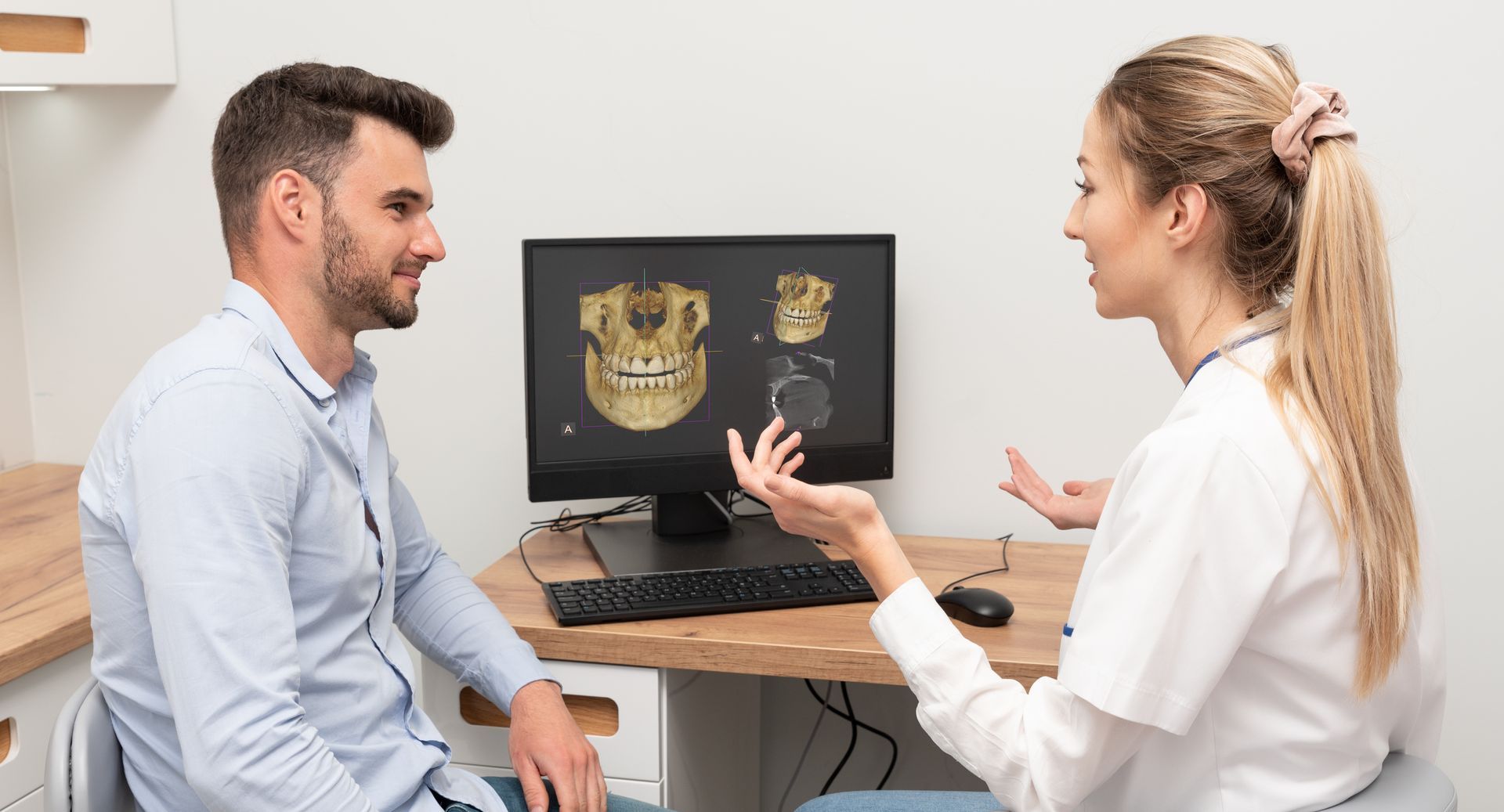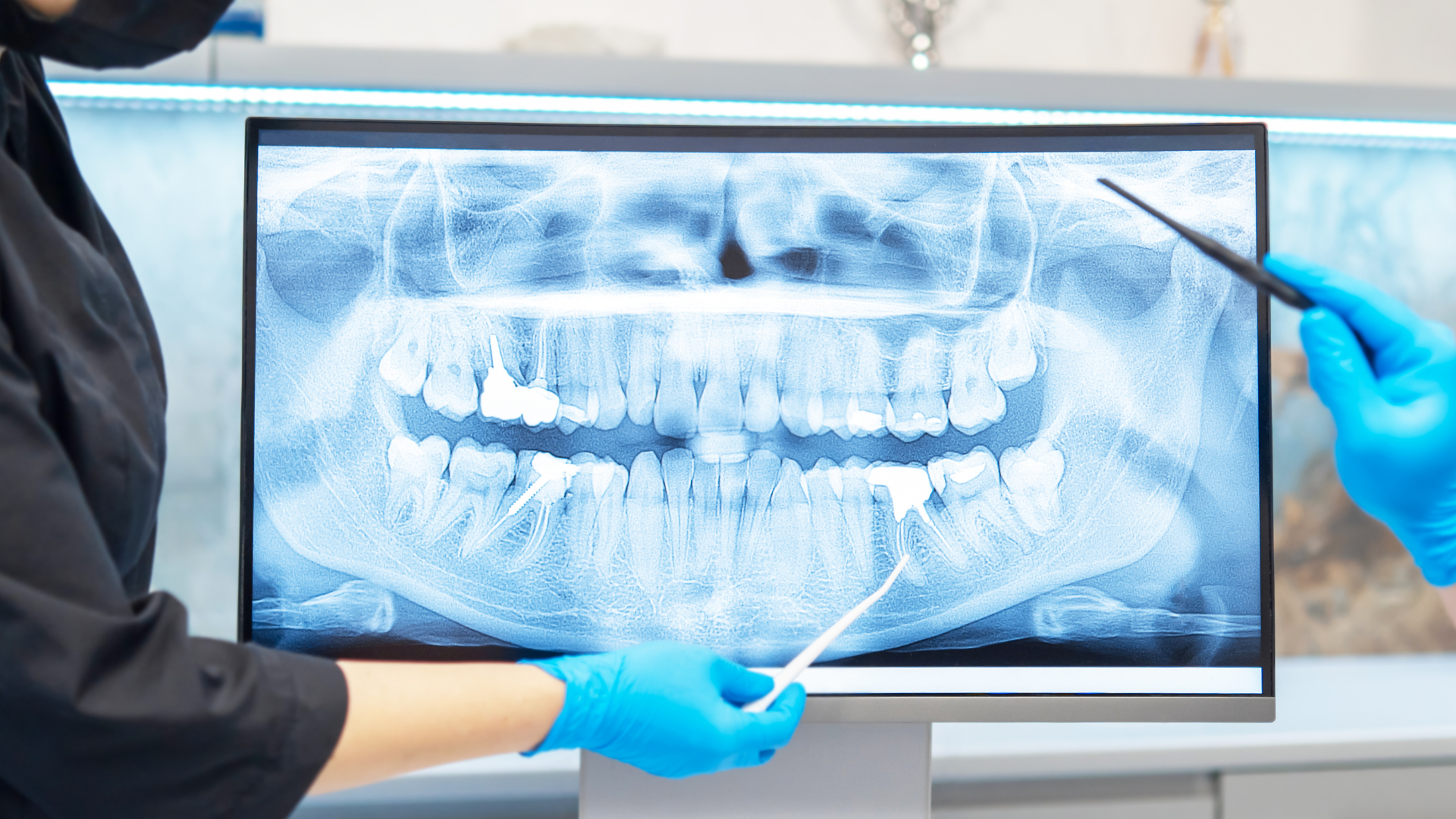The Importance of Proper Dental X-ray Positioning
Dental X-ray positioning is a very important and crucial part of obtaining diagnostic quality images of patients' teeth and the surrounding supporting anatomical structures. Proper placing of the x-ray sensor, phosphor plate of film in the mouth including proper alignment of the x-ray machine. Included are some key important reasons why x-ray alignment is important:
- Patient Safety - Proper alignment is essential for patient safety during x-ray taking. By proper mouthpiece positioning it helps prevent discomfort or injury to the soft tissues of the mouth. Accurate alignment reduces risk of unnecessary re-takes and less exposure to radiation creating an overall safer environment for patient and staff safety.
- Better Treatment Planning - Dental x-rays are extremely important providing information that helps dentists and treatment coordinators determine the best clinical outcome for various treatments.
- Monitoring - Regular x-rays can help dentists monitor progress such as orthodontic treatments, caries, bone loss, implant placing,root canals and aiding in for comparisons of consistent changes and effectiveness of treatments.
- Diagnostic quality images - Proper alignment of the dental x-ray machine shows the teeth and the surrounding structures from proper angles and its perspective allows the dentist to diagnose and identify certain conditions.
- Minimizing Unnecessary Radiation Exposure - Correct x-ray alignment minimizes radiation exposure for patients and staff members. Making the patient experience overall less cumbersome.
Dental radiography is an important aspect of dentistry. It allows dentists to obtain diagnostic quality images, proper treatment planning and at the same time monitor the patients progress. Minimizing radiation and less re-takes would make the patient/staff experience less cumbersome, and ensure safety.
Related Posts




